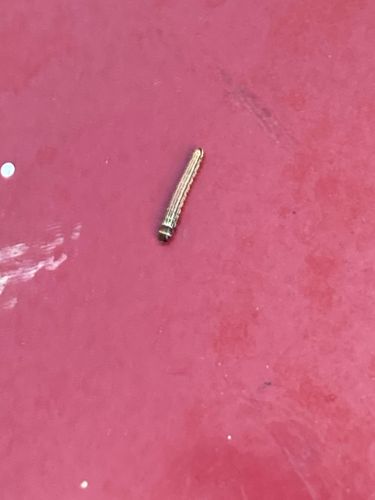Leatherjacket larva (Crane Fly Larva)
Scientific Name: Tipula paludosa (or other Tipula spp.)
Order & Family: Diptera, Tipulidae
Size: 2-4 cm (0.8-1.6 inches) in length

Natural Habitat
Damp soil, lawns, pastures, agricultural fields. Often found near roots of grasses and other plants, preferring areas with high organic matter.
Diet & Feeding
Primarily detritivorous, feeding on decaying organic matter in the soil. They can also feed on plant roots, especially grasses, which can lead to significant lawn and crop damage.
Behavior Patterns
Nocturnal feeders, they typically remain underground during the day and emerge to feed on the surface at night, particularly during damp conditions. They move slowly and are legless. The larval stage can last for several months, often overwintering in the soil before pupating in the spring.
Risks & Benefits
Potential risks include significant damage to lawns, golf courses, and agricultural crops (e.g., cereals, root vegetables) by eating roots. This can lead to yellowing patches and wilting of plants. Benefits include their role in breaking down organic matter in the soil as detritivores. They also serve as a food source for birds and other predators.
Identified on: 9/4/2025